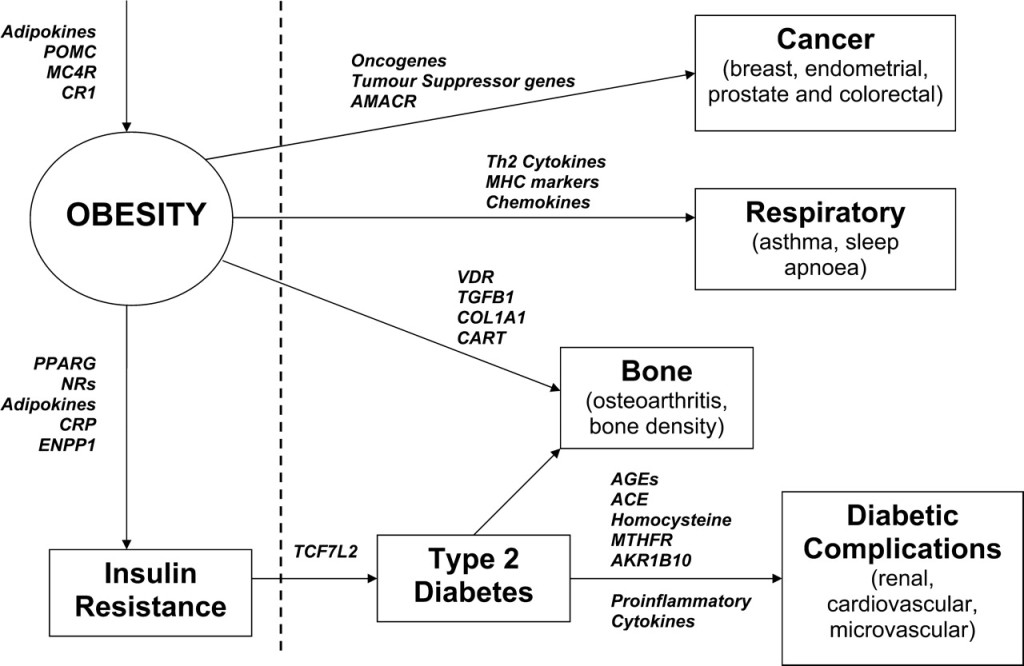
We recently sat down with Cat Aulakh, Genomic Health Practitioner to discuss this relatively new test and its impact on sports.
Cat, given all the bad press with the NFL in particular, aren’t you afraid that offering tests like this will affect the future of the sport?
“Not at all. In fact, the testing done is private and confidential, with only the parents knowing the results. Therefore, at least from our perspective, the goal is to determine very early on whether or not contact sports can have an effect on the health outcomes for a child. We think this is huge, and avoids a lot of harder decisions and consequences down the road, when a child is already involved in a sport and reaches a level where it is an integrated part of their life and identity.”
How old are the average children that get tested?
“Primarily young under 3 years old. We also are working a lot with retired players in Canada and the United States, as well with former athletes and their families.”
Could this be considered a way for some parents to keep their children away from sport?
“Absolutely – we have some Mothers who have come as they do not want their child in a contact sport and feel a test outcome will end the discussion with the Father. However, in over 80 percent of these cases to date the child tests negative – so the parents can use this as an unbiased dialogue to sit down and have the conversation on a different level.
We do a comprehensive health history with the parents before testing. Data is data, and often emotion creates these decisions to have decisions without a neutral outcome.”
What is being tested?
“1st Act Prevention determines what variation of the APO E gene a child or adult carries. APO E is also related to the development of Alzheimer’s disease. Children and adults who carry the E4 variation of the gene have a harder time recovering from head injuries and are more likely to suffer serious consequences from them. If you were would have injury, whether sports-related or automobile, or any fall or any head injury, you’ll be more likely, eight times more likely, to have long-term problems from the injury which are generally in the area: impaired cognition, memory, brain processing, attention, concentration.”
Can adults get tested?
“Absolutely. Anyone can get tested. All information is private and never shared or sold – this is not a government or sponsored study test – so you are assured of complete confidentiality. We have worked with our lab to keep the testing price is nominal as possible as well.”
If you want further information or to set up a test in Canada or the USA – please call us today: 844-DNA-GENE or email us directly: info@dnatestscanada.com
TEST ONCE; TEST RIGHT.

